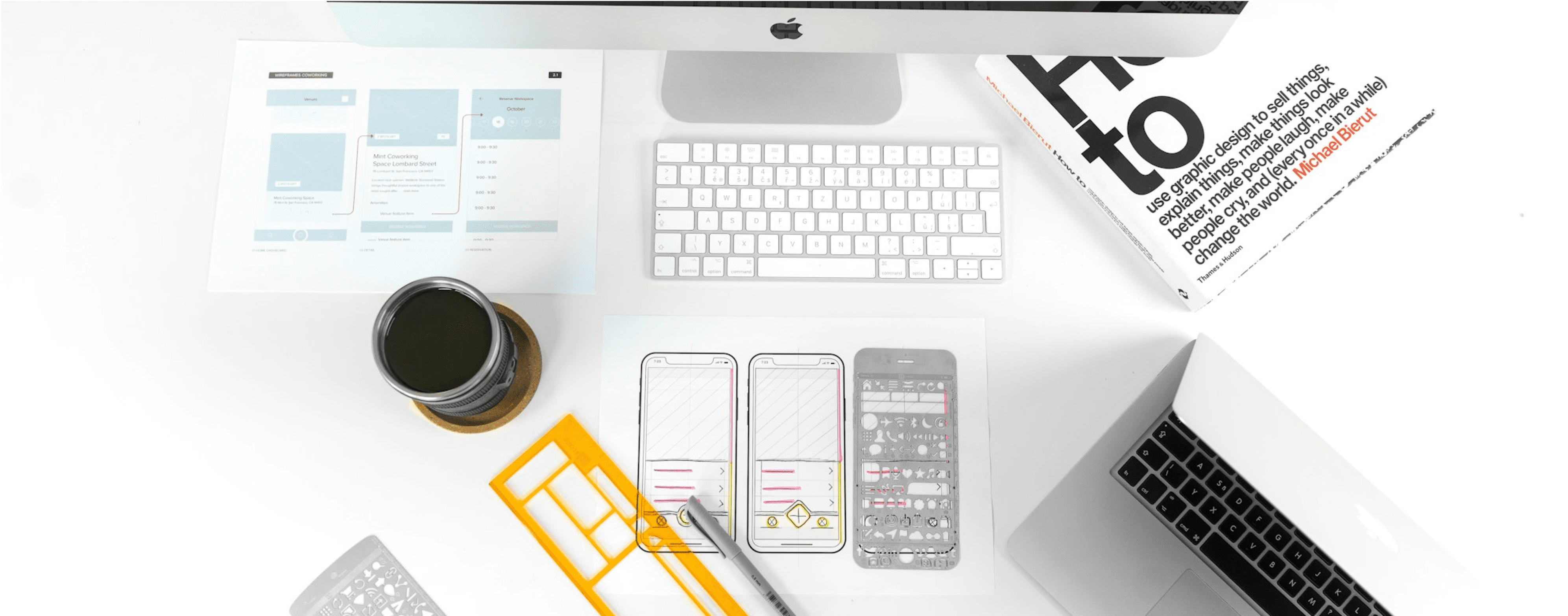
In business expansion and global presence, choosing the right model for setting up offshore operations is critical. The Build-Operate-Transfer (BOT) model has emerged as a strategic approach for companies seeking to establish a long-term presence in a new location. In this blog post, we’ll explore the circumstances and considerations that indicate when the Build-Operate-Transfer model is the ideal choice.
Leveraging the Build-Operate-Transfer Model for Strategic Market Expansion
- Strategic Expansion into New Markets
The Build-Operate-Transfer model is particularly suitable when a company is strategically expanding into new markets. Instead of immediately committing to establishing a permanent subsidiary, this model allows organizations to test the waters by building and operating in the new location before deciding on a full transfer. It mitigates the risks associated with entering unfamiliar territories while providing valuable insights into local market dynamics.
- Limited Knowledge of Local Regulations
Navigating the complexities of local regulations and compliance can be a daunting task, especially in a foreign market. The BOT model offers a phased approach, allowing you to leverage the expertise of an offshore software development company during the initial build and operation stages. This knowledge is invaluable in ensuring the business complies with all legal requirements, reducing the risk of regulatory hurdles. With the phased approach, other features can be focused on while local regulations are researched.
- Resource Optimization and Cost Control
For companies looking to optimize resources and control costs, the BOT model offers a balanced approach. During the build and operation phases, you will benefit from the expertise of the local partner, minimizing the learning curve and operational challenges. This shared responsibility allows for efficient resource allocation and cost management before deciding on a full transfer.
- Focus on Core Competencies
When you want to focus on your core competencies without being burdened by the intricacies of setting up and managing operations in a new location, the BOT model provides an ideal solution. By partnering with an offshore development team during the build and operate stages, you can concentrate on your strengths, knowing that the operational aspects are in capable hands.
- Mitigating Risks and Uncertainties
Entering a new market comes with inherent risks and uncertainties. The BOT model acts as a risk mitigation strategy by allowing you to test the market without making an irreversible commitment. If the business environment proves unfavorable or if strategic priorities change, the option to transfer operations remains open, providing flexibility and reducing long-term risks.
- Talent Acquisition and Retention
Acquiring and retaining local talent can be challenging, especially in highly competitive markets. The BOT model allows companies to tap into the offshore partner’s existing talent pool during the initial stages. This collaborative approach facilitates a smoother transition, ensuring that the company has access to skilled professionals while establishing its talent acquisition strategies for the long term.
- Knowledge Transfer and Seamless Transition
The transfer phase of the BOT model marks the culmination of the initial build and operate stages. By this point, you have gained a deep understanding of the local market, established operational processes, and built an offshore or even onsite team. The knowledge transfer ensures a seamless transition as the company takes full control, equipped with insights and experiences gained during the partnership.
Choosing the right model and the right partner for global expansion is a pivotal decision that can significantly impact a company’s success in new markets. The Build-Operate-Transfer (BOT) model stands out as an advantageous approach when strategic expansion, limited knowledge of local regulations, resource optimization, and a focus on core competencies are paramount. By leveraging the benefits of an offshore partner like Digiratina during the initial stages, you can navigate the complexities of global expansion with confidence, ultimately ensuring a smooth transition to independent operations. The BOT model, with its phased structure and flexibility, is a strategic ally for companies seeking a balance between risk mitigation, resource optimization, and long-term success in new markets.






